Gansu Travelogue 4: Leaving Gansu for Sichuan (Over the Hills and Far Away)
Many have I loved
And many times been bitten
Many times I've gazed
Along the open road
Catch up on Part 1, Part 2, or Part 3 of my Gansu trip here.
This may come as a surprise: If you want to travel in China the way its ever-growing middle class does, statistically speaking, that means you should skip the shiny symbol of modern technological achievement - the high-speed rail - in favor of the humble 20th-century automobile. During the 2025 Spring Festival, nearly 80% of the 900 million person-trips undertaken across the country were in automobiles, showing how for holiday family outings, the car remains king.
Flexibility and affordability are the key points here. Round-trip rail tickets for a family of four can really add up, making the car the cheaper option. And, as robust and impressive as China’s rail system is, it still simply can’t compare with the sheer coverage of the road network, especially when it comes to the kind of lesser-known destinations I’m most fond of.
I never really imagined myself as a Chinese driver. I’ve lived in China since 2011 but resisted getting a local driver’s license until late 2022, on the basis that driving in China was unncessary, too complex, too dangerous, and too mafan. Immediately after finally getting my license, I realized all those excuses were bullshit.
First, getting the license isn’t even particularly hard. If you already drive in another country, it’s just a written test here, which involves memorizing the answer bank to a 100-question written test (there are phone apps to help you). There’s also a even-easier path for short-term visitors: Although China doesn’t recognize the International Driver’s Permit, if you’re here as a tourist, you can get a short-term driver’s permit at the DMV in Shanghai in an hour or so with nothing more than a notarized translation of your foreign license. Simple.
As for the safety concerns…yeah, Chinese city drivers are relatively aggressive to be sure, but nothing worse than your typical LA commuter in my opinion. Driving in the countyside is where you need to be more alert for dangerous driving behavior, but still nothing unmanageable if you stay alert and drive defensively.
And then there are the benefits! After I started driving (with rental cars) I couldn’t believe how much more vacation time I was getting…waiting for bus transfers, train transfers, and and hotel shuttles was previously eating up many hours of my holidays without my realizing it. Now, I throw all my luggage in the back of a rental and depart the hotel, the airport, the train station, or the scenic site with almost zero friction time.
Not only is renting a car extremely affordable (at the low end, as cheap as 80 CNY/12 USD per day) and fast (rental vehicle pickups in China are super quick…I’ve never had more than a single person in line ahead of me) but it’s also easy to do one-way trips, picking up in one city and dropping off in another, thanks to the quickly-rising coverage rates of nationwide rental chains like Shenzhou Zuche and eHi.
Finally, there’s one more highly subjective benefit to driving: I really enjoy it. I just like the sensation of driving through the built environment, master of my itinerary, my destination punched into the GPS, a gentle AC breeze brushing my face. I like being able to stop when I feel like taking a neat picture, or going on a detour to check out some minor attraction I just spotted on the roadside. After years of bumpy bus rides, it’s very liberating.
With all those upsides, it should be obvious why most of my China holidays in recent years have involved a car rental. The Gansu itinerary I’ve been describing so far isn’t impossible to do via public transit and/or taxis, but it sure would be a lot less convenient.
But…not all roads in China are created the same, and thus not all driving experiences are created the same.
For instance, if you ever look up your planned itinerary on GPS and you see the road does this, you know you’re in for an…experience:
That’s the Jiu’Ruo Line, (九若线), a winding mountain road connecting Ruo’ergai County (aka Zoige County in Tibetan) and Jiuzhaigou County in Western Sichuan. If you ever see a route on the GPS with this many switchbacks, you’re almost certainly going to be going up a mountain…and probably down the other side again.
Leaving Zhakarna in the morning after a disappointing day in the tourist town the day before, I was determined to blast straight through to the famous scenic area of Jiuzhaigou. Time to stop faffing about and get straight to the main attraction.
I should have realized something was less than ideal with this route when Baidu Maps told me it would take almost 6 hours to travel just 256 kilometers...
I also should have realized something was up when my car GPS just refused to acknowledge the existence of this road at all…directing me to an alternative path that was 100km longer…but I had my map and I had my route and I wouldn’t be swayed.
Well, to make a long story short, the road was pretty horrible. 6 hours of tense driving through remote canyons, mountains, and cliffs. Undoubtedly pretty, but the driving conditions were the kind that would make anyone come to hate driving…
Hairpin turns, blind corners with two-ton trucks careening around the edge of the cliffs, fallen rocks from recent landslides, and herds of animals all over the road...
At one point, we drove over the top of a 4000m peak because that was the only route option. 30km of continuous uphills, followed by 30km of continuous downgrades. Our poor brakes. Our poor car.
At the top of the 4000m peak, fortunately there was a little service station where you could pull over, admire the altitude, and the sweeping vistas and look back over the hour of zig-zagging it had taken to get up the mountain...before spending the next hour riding the brake going back down. A wizened old man at the lookout point at the top asked if I wanted to buy a bottle of water. I didn’t. I just wanted to take a quick picture of the road I had just arrived on…and keep moving.
To be honest, I’m not sure if this road really even needs to exist. It was only built to connect a handful of tiny mountain villages to the outside world. Full connectivity to the road network has been the Chinese government’s stated pledge, and it has made good on this promise in almost every instance possible. But frankly, I think some of these villages should have been prioritized for poverty alleviation relocation programmes (moving the entire village somewhere else easier to meet with public services). This would ease the constant burden to maintain this road and allocate resources to clean up the aftermath of rockslides blocking the road, which the authorities are obviously struggling with.
This Tibetan village nestled in the shadow of this hill had nothing but straight wilderness for 20km in either direction, but the road access was still maintained, for a grand total of 17 houses (I counted). Yet somehow they have electricity and road connections to the outside.
Of course, the trade-off for the remoteness is that the scenery is gorgeous. Sadly, my pictures from this drive are fairly limited. Most of the time, the road didn’t even have a wide enough shoulder to pull over the car to take pictures, and I certainly didn’t want to stop in the middle of the road…else risk getting flattened by one of of the large trucks, bolting around the blind turns as if driven by a maniac.
About three hours into the drive, I finally passed one larger town (40-50 buildings) nestled in an alpine plain and was able to pull over to take some pictures of the environment. It was unbelievably quiet. Aside from the uncommon hum of another passing vehicle, the only other sound in the town was the occasional vibrating gong of a temple bell.
Indeed, the town was nothing more than a temple, a few houses, and a community center with a basketball court overgrown by weeds and commandeered by a herd of cows. But it was a welcome stopover point to rest for a few minutes before continuing on the treacherous mountain road to Jiuzhaigou.
I’ve written before about the importance of road-building in China, yielding material, economic, and political benefits all at once. The continued existence of certain extremely remote communities relies on these roads - even in their poor conditions -for connectivity to the outside world. Without this road, this town, this temple, and its handful of lonely ringing bells, would become even lonelier, populated only by the change-reisistant elderly who refuse to (or are unable to move).
And then, when they are gone, there will be nothing and no one left to recall that a community once stood here. Does the continued maintenance of the road stop that from happening? Not necessarily. But as our cluttered, modern worlds get more cluttered, more dirty, more frenetic and unpleasant, could this little village become an attractive haven for someone? I wouldn’t rule it out.
When I finally arrived in Jiuzhaigou after 6+ hours of driving with intense, total concentration, my neck muscles were so tight it took 2 days to fully relax. I like driving, I really do, but this was just exhausting. Fortunately, Jiuzhaigou was worth it and more. We saw beautiful sights and had excellent interviews with a local Tibetan family. But that will saved for next time. Thanks for reading!



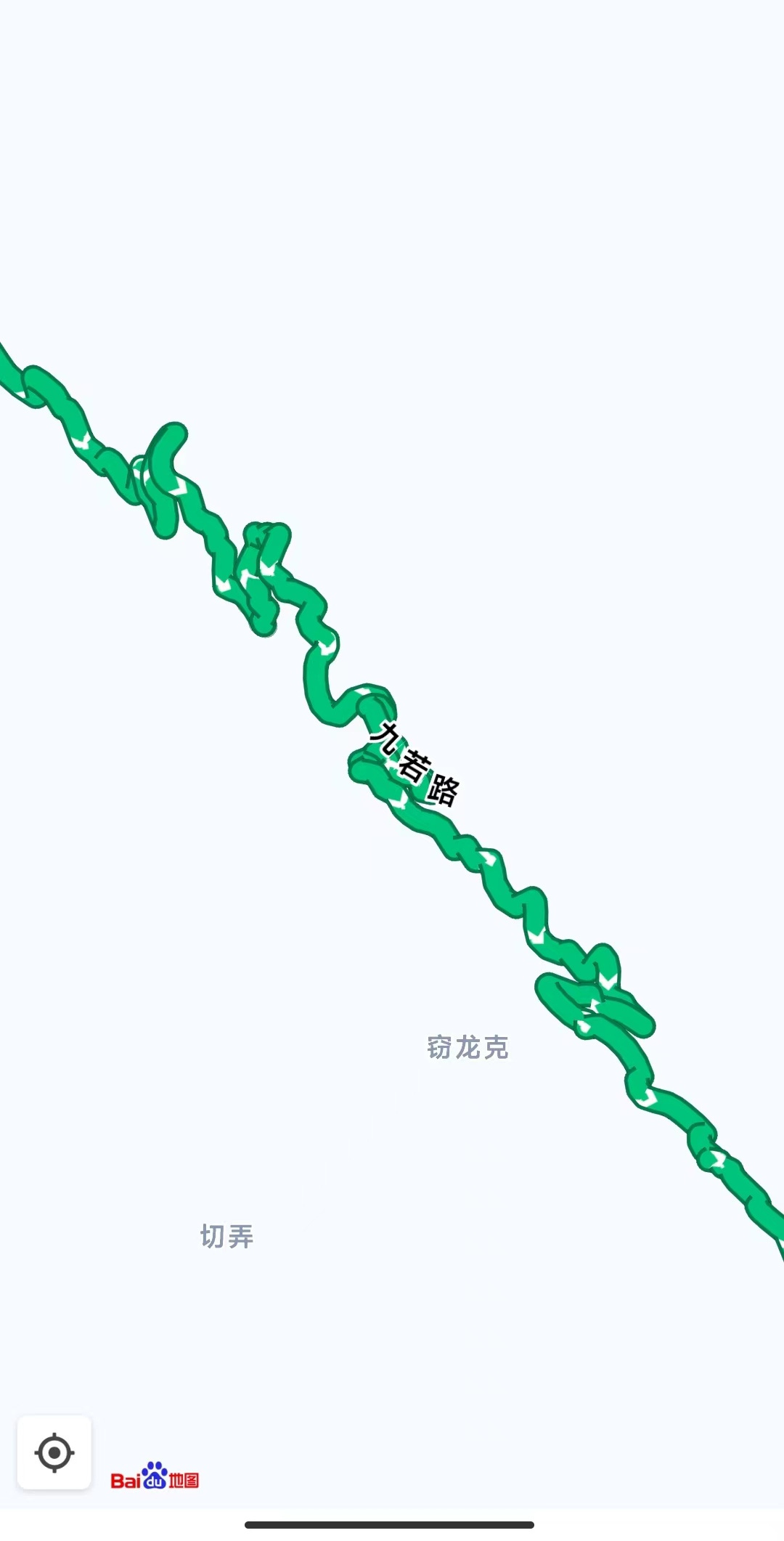
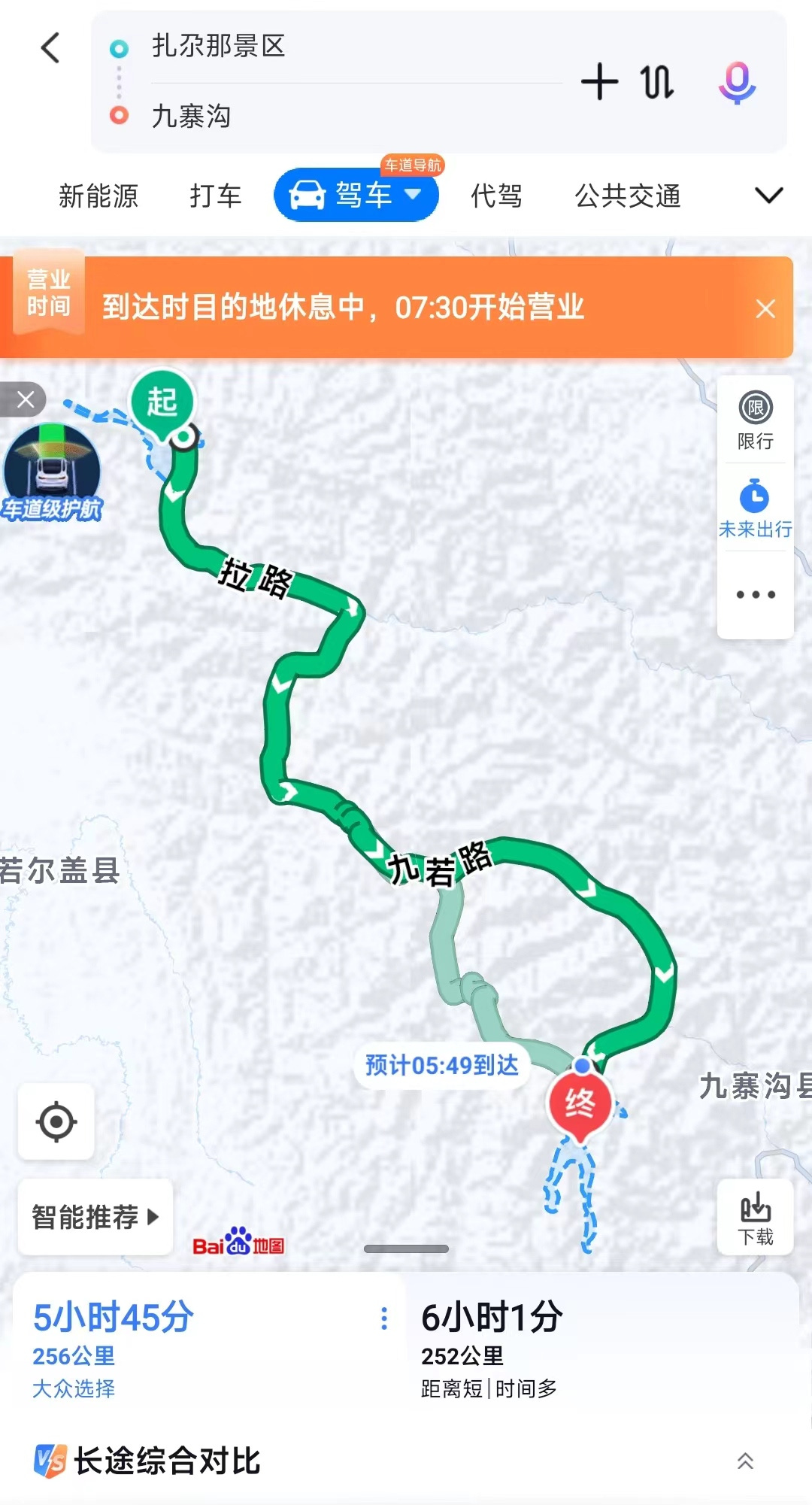
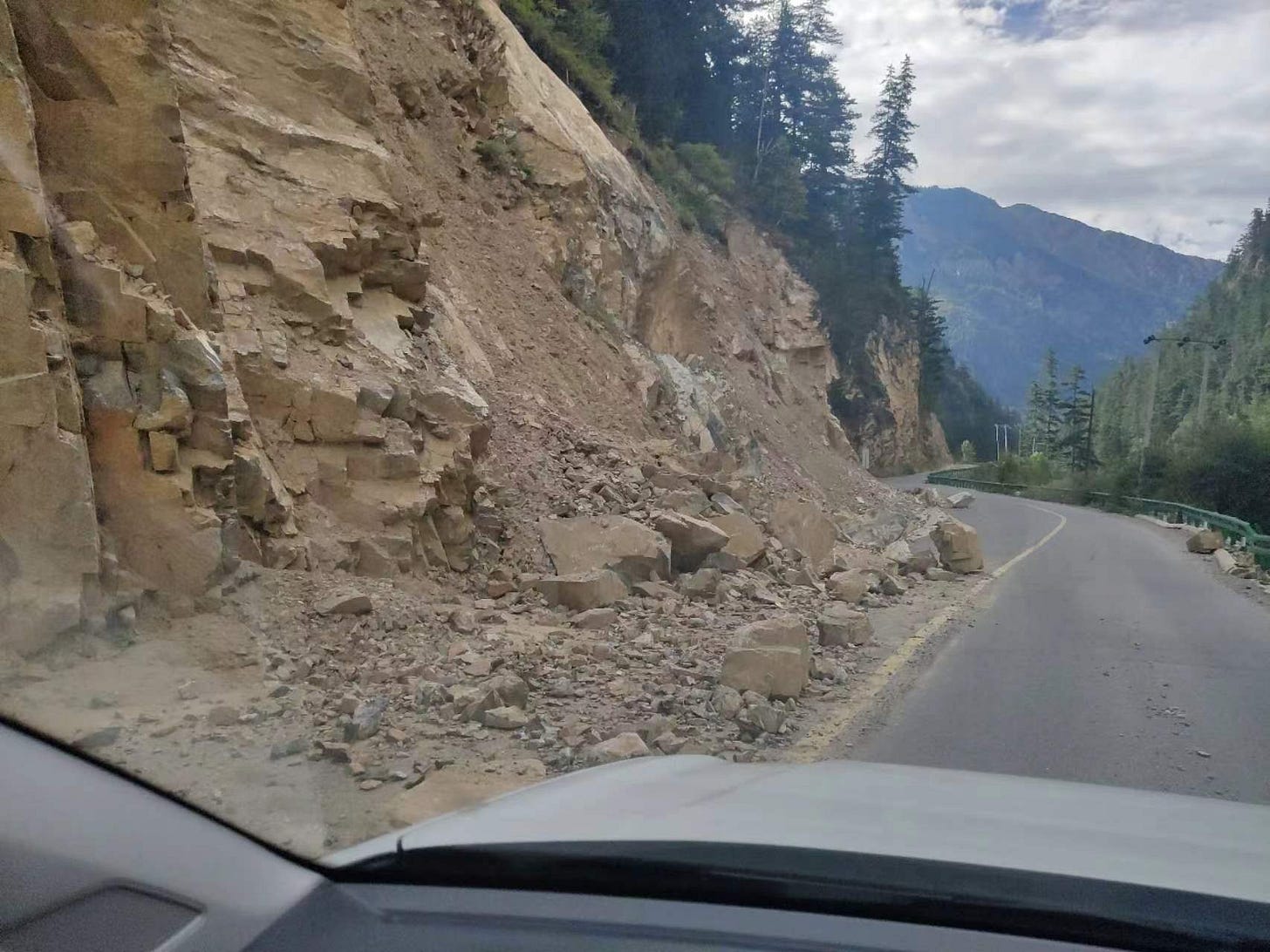
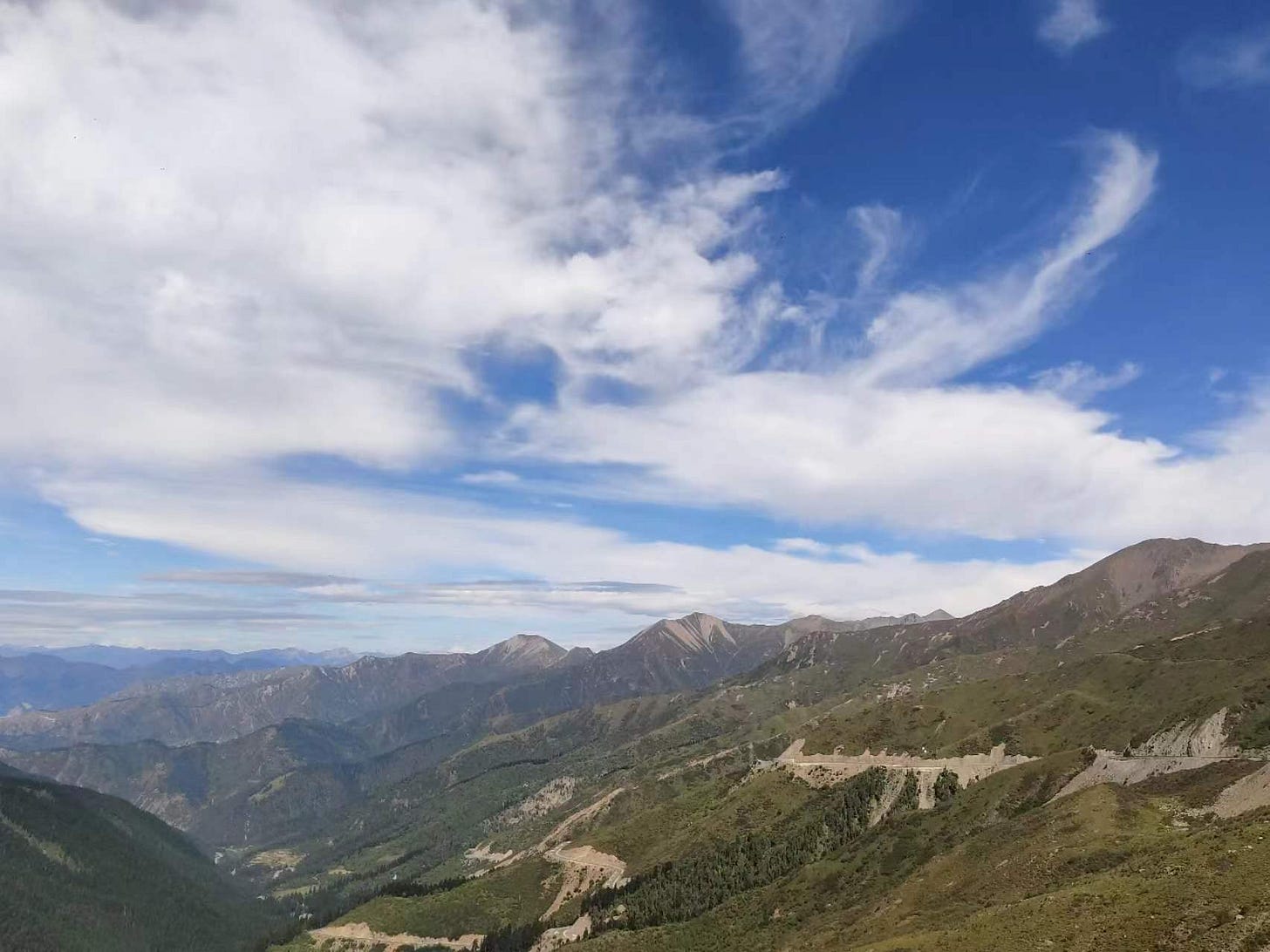
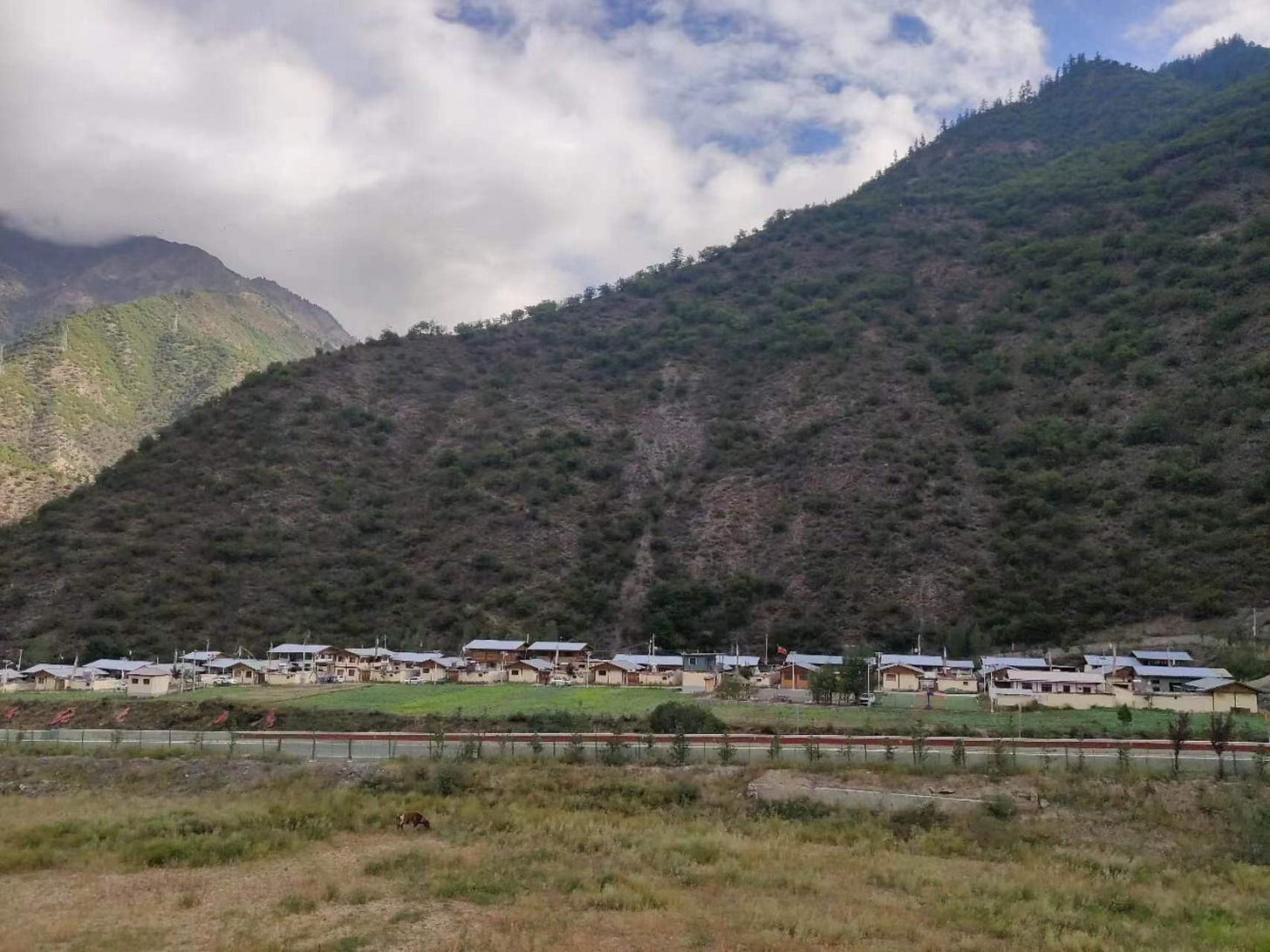


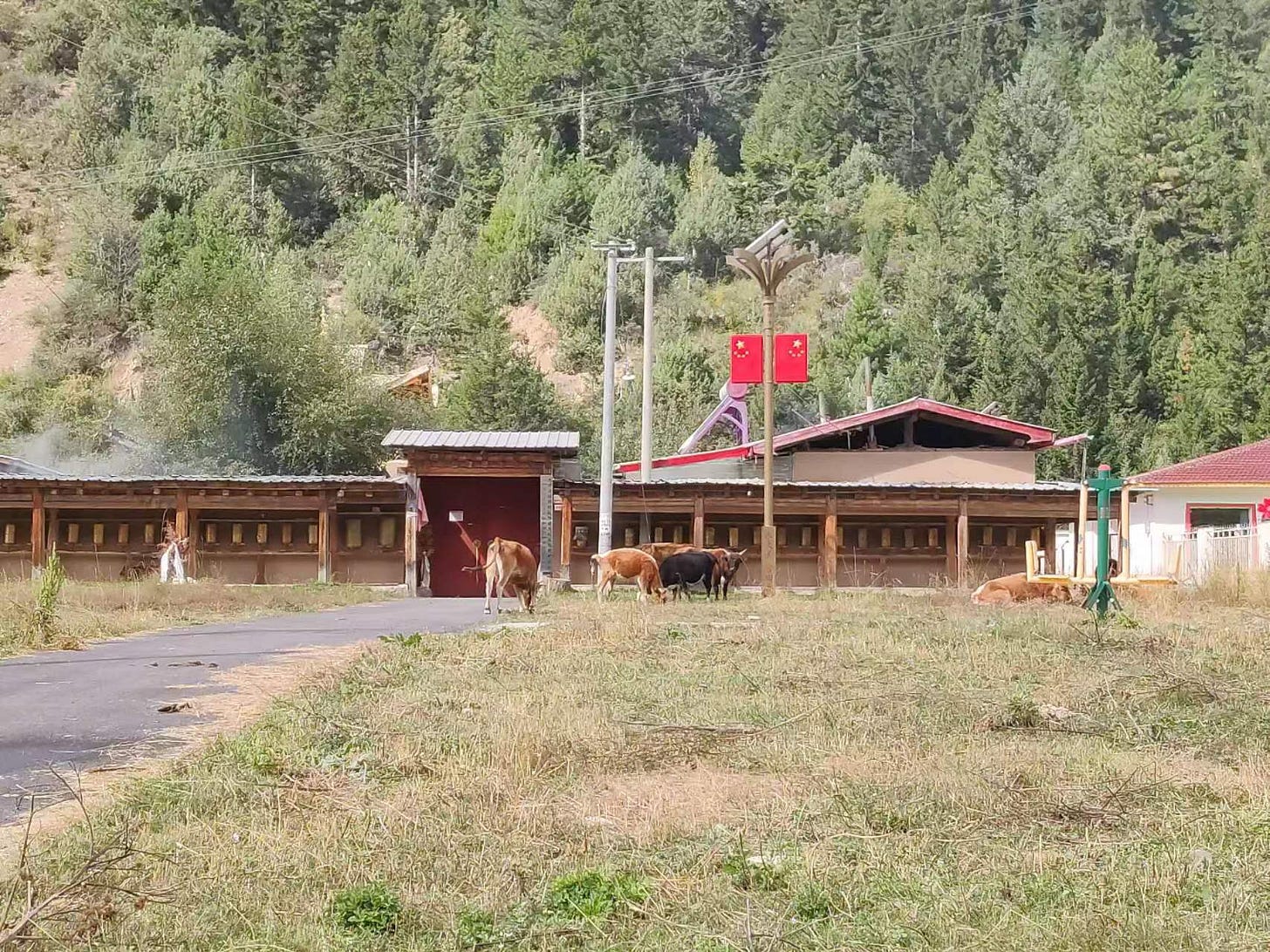
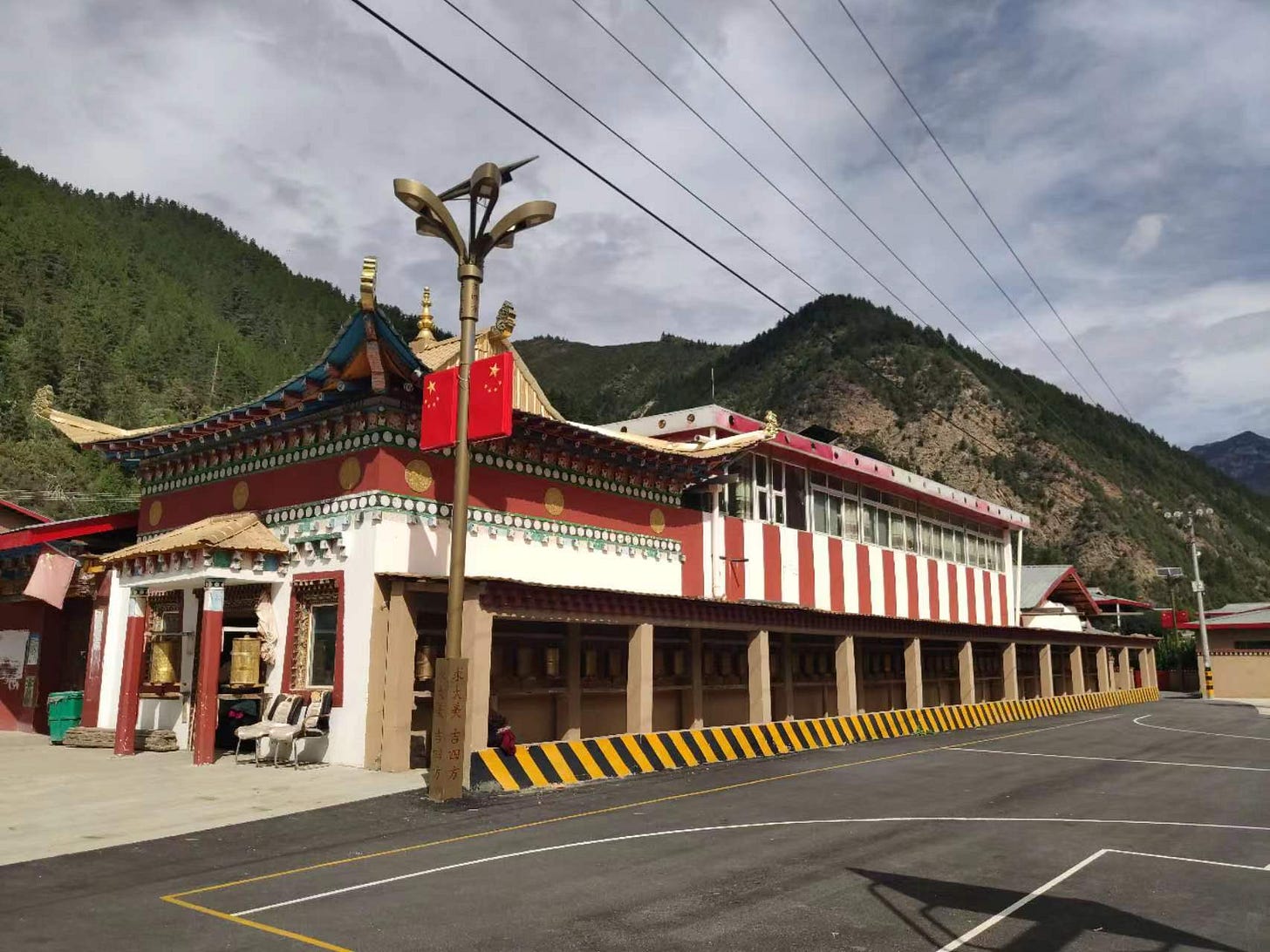
I drove on those roads, first from Chengdu to Jiuzhaigou and Huanglong, and on the way back via the Ruoergai plateau, to Hongyuan, where is the first bend of the Yellow River. Gorgeous roads, though it is quite a long drive. I loved Hongyuan. Thanks to my wife's contacts, we got to visit the Yak research center. We also met a Tibetan family totally by accident, and they invited us to their home, a baku where we had tsampa and yak yogourt. A truly memorable encounter.
As for the driving license, I took mine less than 2 years after I arrived in 2015, because my daughter was coming to visit and we rented a car to go around. Same as you, just studied a week for the test, and passed with flying colors.
I don't own a car. If we want one to go on a trip, either we rent it, but actually most often we borrow it from friends. We have 3-4 friends who have a car and barely use it, so they're happy to lend it to us for a few days. We've also been on trips with friends where I shared the driving, very useful for those long drives to the mountains west of Chengdu.
I don't find Chinese drivers reckless, as least not around Chengdu. Hangzhou is something else, they're incredibly impatient and will honk like mad as soon as the traffic light turns green. Truly annoying. None of that in Chengdu, the most relaxed city in the world. People do these incredible maneuvers, like a U-turn in the middle of a bridge, but in the end it's just funny, because nobody seems to care and they all wait patiently. Or, in the middle of a traffic jam, cross the curb to the other side, drive against the static traffic making their way to a side street. It's just hilarious.
I use Amap, or Gauda, or whatever it is everyone calls it...for navigation. How about you?